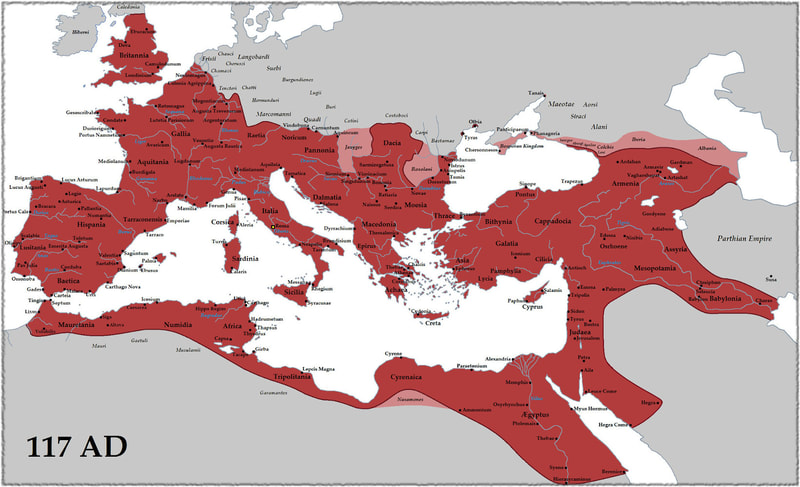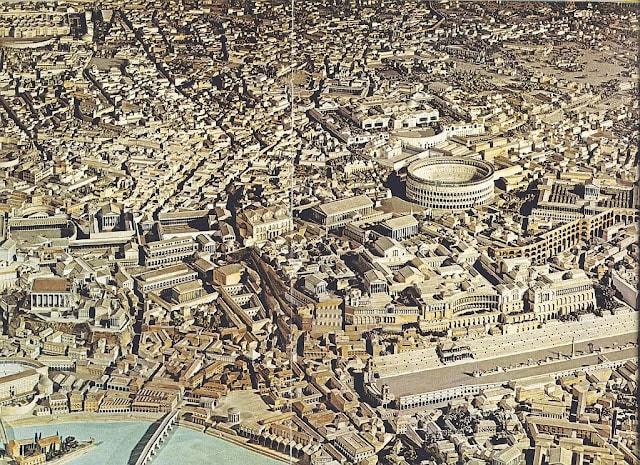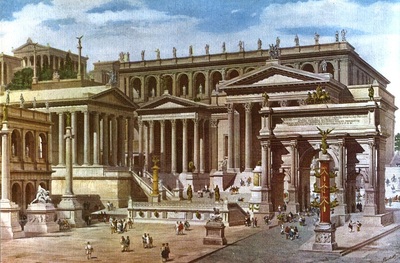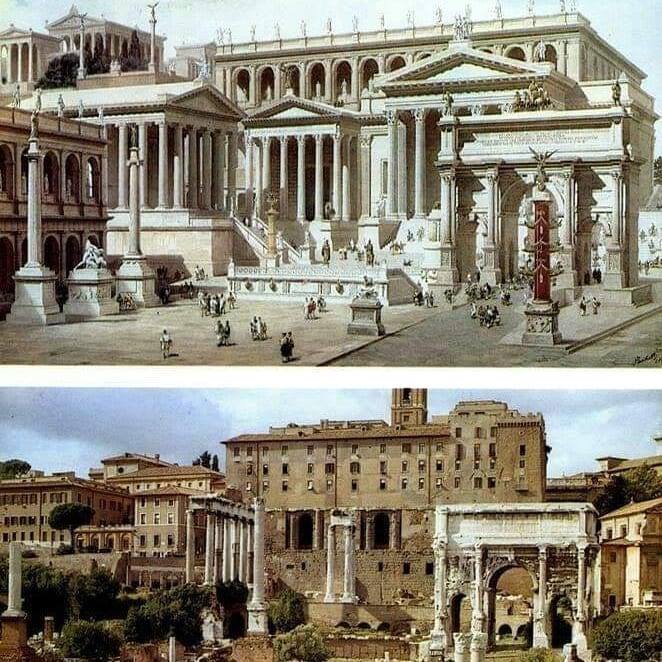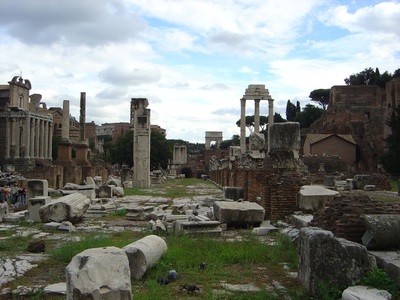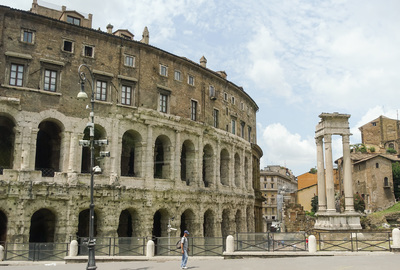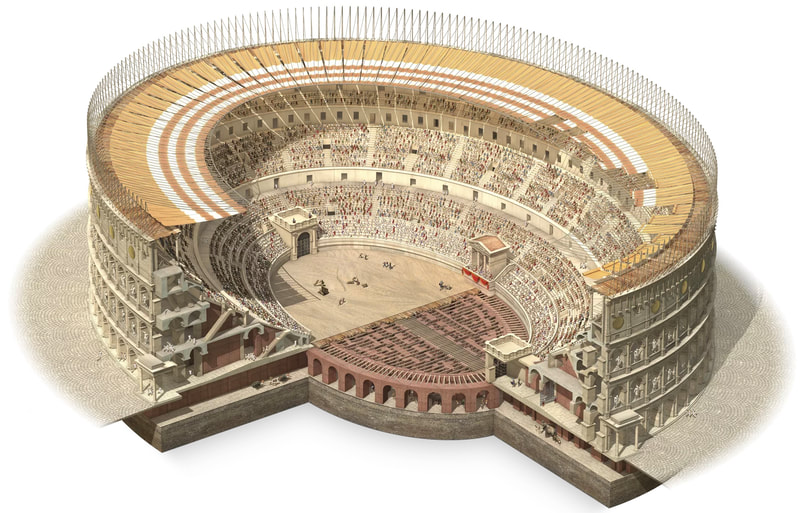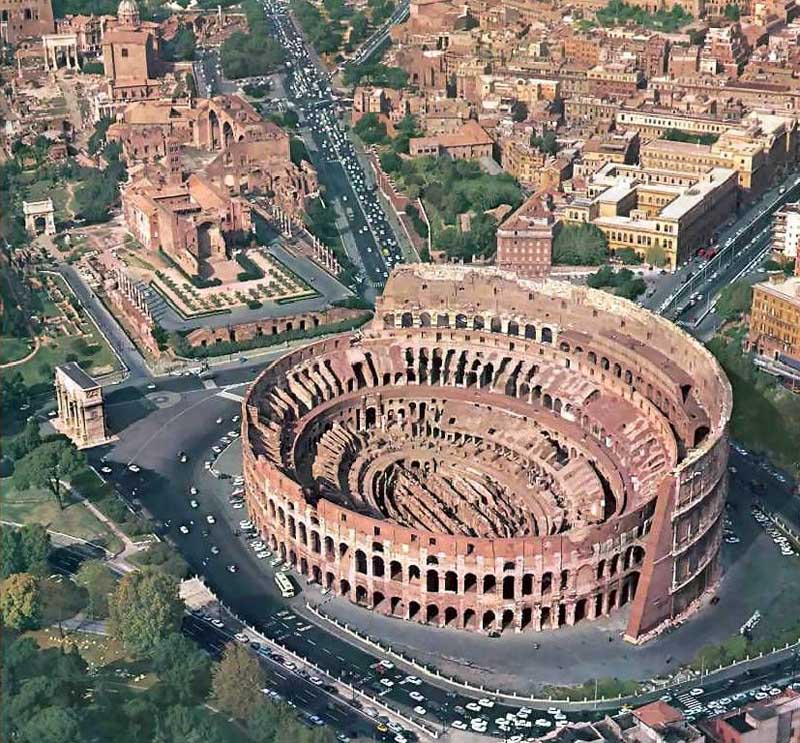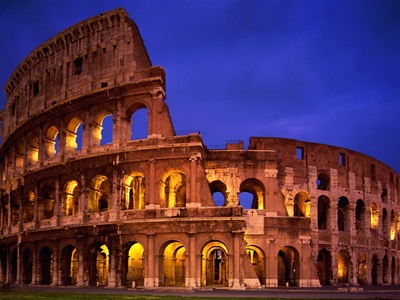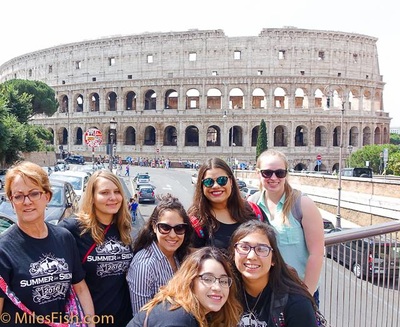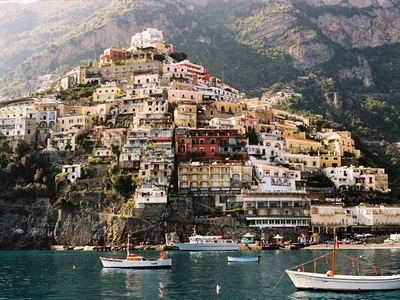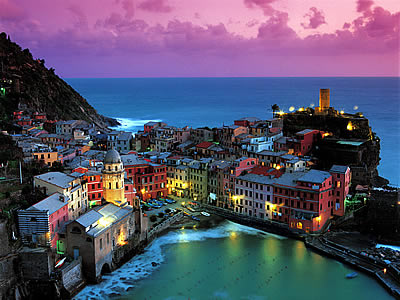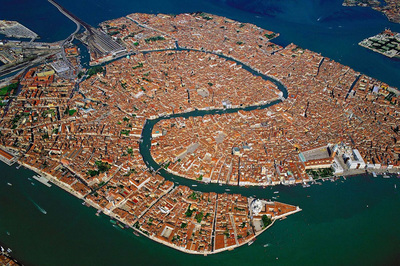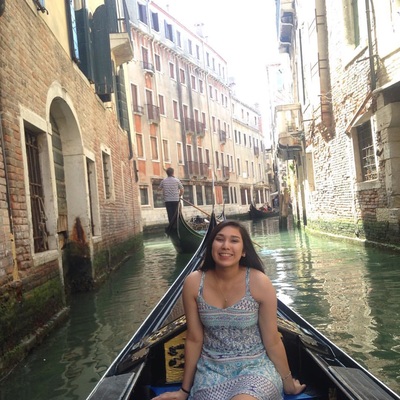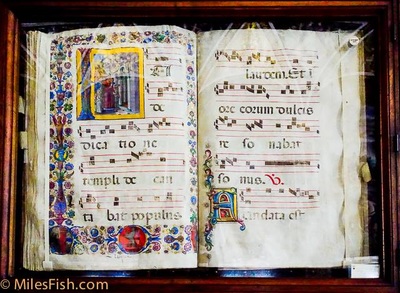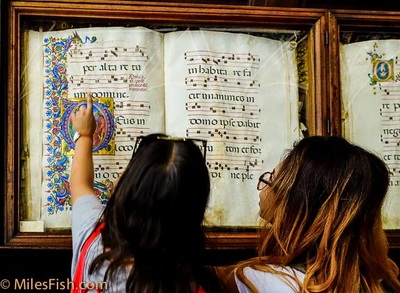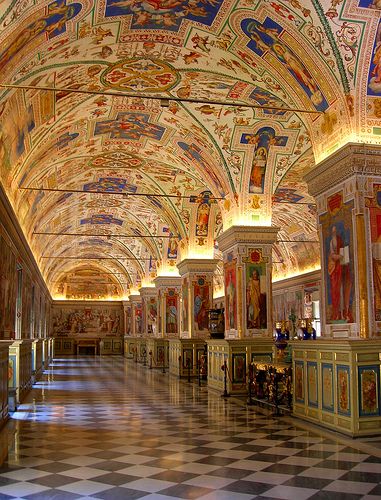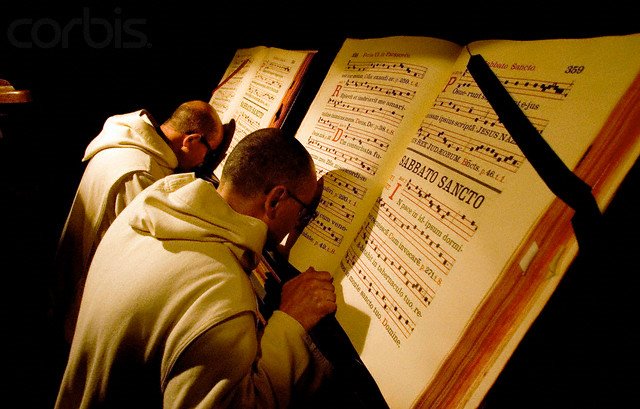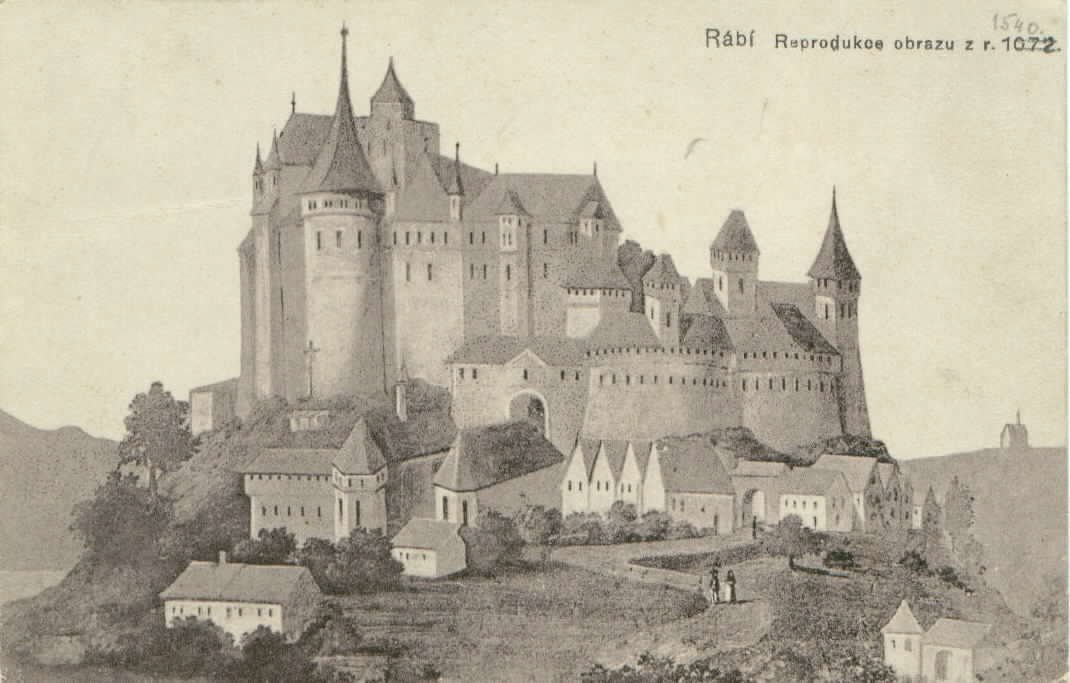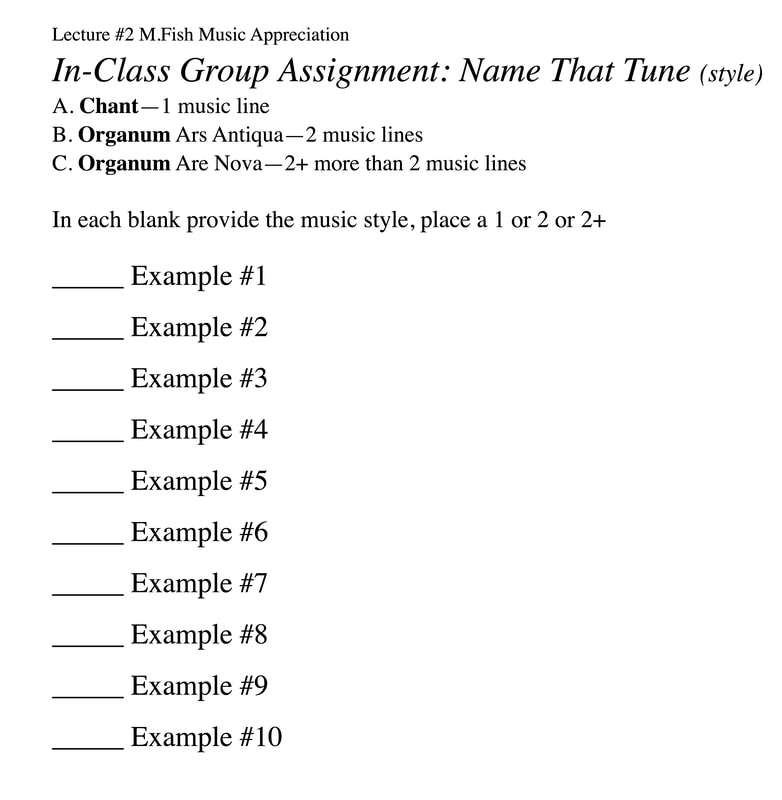Lecture #2: Medieval Times
500-1400
__________________________
Pre-Lecture Example:
Music makes you want to dance
_________________________________________
We'll start at the beginning...
a very good place to start...
Part 1
______________________________
a very good place to start...
Part 1
______________________________
___________________________________________
So...We'll Start at the Beginning:
FIRST things FIRST: Chant
Byzantine Chant
Jewish Chant
Islamic Chant
Western Music Chant
___________________________________________
So...We'll Start at the Beginning:
FIRST things FIRST: Chant
Byzantine Chant
Jewish Chant
Islamic Chant
Western Music Chant
___________________________________________
Start Text Here
(Canvas Quiz is taken from this text)
The Beginning of Music in the Western Civilization
Music in the Middle Ages (Medieval) 500-1400
The traditions of Western music can be traced back to the social and religious developments that took place in Europe during the Middle Ages, the years roughly spanning from about 500 to 1400 A.D. Because of the domination of the early Catholic Church during this period, sacred music was by far the most notated (written down).
Beginning with Gregorian Chant, sacred music slowly developed into a polyphonic form called organum, performed at Notre Dame in Paris by the twelfth century.
Secular music flourished in the hands of the traveling minstrel shows like the French troubadours until the period culminated with the sacred and secular compositions of the first true genius of Western music, Guillaume de Machaut.
Music was a part of world civilizations for centuries before the Middle Ages. Primitive cave drawings, Bible stories, and Egyptian hieroglyphics all attest that people had created instruments and made music for centuries.
The word music derives from the ancient Greek muses, the nine goddesses of art and science. The first study of music as an art form dates from around 500 B.C., when Pythagoras experimented with acoustics and the mathematical relationships of tones (we'll discuss that later). In so doing, Pythagoras and others established the Greek modes: scales comprised of whole tones and half steps.
With the slow emergence of European society from the dark ages between the fall of the Roman Empire and the predominance of the Catholic Church, dozens of "mini-kingdoms" were established all over Europe, each presided over by a lord who had fought for and won the land. Mainly through superstitious fear, early Catholic leaders were able to claim absolute power over these feudal lords. The Church could dictate the progress of arts and letters according to its strictures and employed all the scribes, musicians, and artists. Western music was almost the sole property of the Catholic Church at this time, and its development was subject to the church's needs and whims.
(Canvas Quiz is taken from this text)
The Beginning of Music in the Western Civilization
Music in the Middle Ages (Medieval) 500-1400
The traditions of Western music can be traced back to the social and religious developments that took place in Europe during the Middle Ages, the years roughly spanning from about 500 to 1400 A.D. Because of the domination of the early Catholic Church during this period, sacred music was by far the most notated (written down).
Beginning with Gregorian Chant, sacred music slowly developed into a polyphonic form called organum, performed at Notre Dame in Paris by the twelfth century.
Secular music flourished in the hands of the traveling minstrel shows like the French troubadours until the period culminated with the sacred and secular compositions of the first true genius of Western music, Guillaume de Machaut.
Music was a part of world civilizations for centuries before the Middle Ages. Primitive cave drawings, Bible stories, and Egyptian hieroglyphics all attest that people had created instruments and made music for centuries.
The word music derives from the ancient Greek muses, the nine goddesses of art and science. The first study of music as an art form dates from around 500 B.C., when Pythagoras experimented with acoustics and the mathematical relationships of tones (we'll discuss that later). In so doing, Pythagoras and others established the Greek modes: scales comprised of whole tones and half steps.
With the slow emergence of European society from the dark ages between the fall of the Roman Empire and the predominance of the Catholic Church, dozens of "mini-kingdoms" were established all over Europe, each presided over by a lord who had fought for and won the land. Mainly through superstitious fear, early Catholic leaders were able to claim absolute power over these feudal lords. The Church could dictate the progress of arts and letters according to its strictures and employed all the scribes, musicians, and artists. Western music was almost the sole property of the Catholic Church at this time, and its development was subject to the church's needs and whims.
1.
Gregorian Chant
The early Christian church derived its music from Jewish and Byzantine religious chants. Like most music in the Western world up to this time, plainchant was monophonic: it comprised a single melody without any harmony or accompaniment. Hundreds of melodies are defined by one of the eight Greek modes, some of which sound very different from the major/minor scales our ears are used to today. The melodies are free in tempo and seem to wander melodically, dictated by the Latin liturgical texts to which they are set. As these chants spread throughout Europe, they were embellished and developed along many different lines in various regions and according to various sects. It was believed that Pope Gregory I (reigned 590-604) codified them during the sixth century, establishing uniform usage throughout the Western Catholic Church. Although his actual contribution to this enormous body of music remains unknown, his name has been applied to this music, known as Gregorian Chant.
Gregorian Chant--named after Pope Gregory-- remains among the largest collections of musical works. Many years later, composers of Renaissance polyphony often used plainchant melodies as the basis for their sacred works.
An Example of Chant
An Example of Chant
Gregorian Chant
The early Christian church derived its music from Jewish and Byzantine religious chants. Like most music in the Western world up to this time, plainchant was monophonic: it comprised a single melody without any harmony or accompaniment. Hundreds of melodies are defined by one of the eight Greek modes, some of which sound very different from the major/minor scales our ears are used to today. The melodies are free in tempo and seem to wander melodically, dictated by the Latin liturgical texts to which they are set. As these chants spread throughout Europe, they were embellished and developed along many different lines in various regions and according to various sects. It was believed that Pope Gregory I (reigned 590-604) codified them during the sixth century, establishing uniform usage throughout the Western Catholic Church. Although his actual contribution to this enormous body of music remains unknown, his name has been applied to this music, known as Gregorian Chant.
Gregorian Chant--named after Pope Gregory-- remains among the largest collections of musical works. Many years later, composers of Renaissance polyphony often used plainchant melodies as the basis for their sacred works.
An Example of Chant
An Example of Chant

2.Ars Antiqua
(organum-2 voices)
Notre Dame- Leonin and Perotin
Sometime during the ninth century, music theorists in the Church began experimenting with singing two melodic lines simultaneously at parallel intervals, usually at the fourth, fifth, or octave. The resulting hollow-sounding music texture was called organum and slowly developed over the next hundred years. By the eleventh century, one, two (and much later, even three) added melodic lines that were no longer moving in parallel motion but were contrary to each other, sometimes even crossing. The original chant melody was then sung very slowly on long-held notes called the tenor (from the Latin tenere, meaning to hold), and the added melodies wove about and embellished the resulting drone.
This music thrived at the Cathedral of Notre Dame in Paris during the twelfth and thirteenth centuries and much later became known as the Ars Antiqua, or the "old art." The two composers at Notre Dame primarily known for composing in this style are Léonin (fl. ca. 1163-1190), who composed organum for two voices, and his successor Pérotin (fl. early13th century), whose organum included three and even four voices. Pérotin's music is an excellent example of this early form of polyphony (music for two or more simultaneously sounding voices).
This music was slowly displaced by the smoother contours of the polyphonic music of the fourteenth century, which became known as the Ars Nova or "new art."
From the Ars Antiqua period
An Example of Organum (two voices)
An Example of Organum (two Voices)
__________________________________________________________________
(organum-2 voices)
Notre Dame- Leonin and Perotin
Sometime during the ninth century, music theorists in the Church began experimenting with singing two melodic lines simultaneously at parallel intervals, usually at the fourth, fifth, or octave. The resulting hollow-sounding music texture was called organum and slowly developed over the next hundred years. By the eleventh century, one, two (and much later, even three) added melodic lines that were no longer moving in parallel motion but were contrary to each other, sometimes even crossing. The original chant melody was then sung very slowly on long-held notes called the tenor (from the Latin tenere, meaning to hold), and the added melodies wove about and embellished the resulting drone.
This music thrived at the Cathedral of Notre Dame in Paris during the twelfth and thirteenth centuries and much later became known as the Ars Antiqua, or the "old art." The two composers at Notre Dame primarily known for composing in this style are Léonin (fl. ca. 1163-1190), who composed organum for two voices, and his successor Pérotin (fl. early13th century), whose organum included three and even four voices. Pérotin's music is an excellent example of this early form of polyphony (music for two or more simultaneously sounding voices).
This music was slowly displaced by the smoother contours of the polyphonic music of the fourteenth century, which became known as the Ars Nova or "new art."
From the Ars Antiqua period
An Example of Organum (two voices)
An Example of Organum (two Voices)
__________________________________________________________________

3.
Ars Nova (organum-more than 2 voices)
Guillaume de Machaut
Born: Champagne region of France, ca. 1300
Died: Rheims, 1377
Having had a clerical education and taken Holy orders, Machaut's career as a poet and composer took flight when he joined the court of John, Duke of Luxembourg and King of Bohemia, around 1323, serving as the king's secretary until that monarch died in battle at Crécy in 1346. Sometime before this, Machaut had settled in Rheims, where he remained until his death, serving as canon in the cathedral. Essential patrons, including the future Charles V of France, sought his services as a composer. His poetry was known throughout Europe, and his admirers included Geoffrey Chaucer. Machaut is probably best remembered for being the first composer to create a polyphonic setting of Catholic Mass. The new style of the fourteenth century, dubbed the Ars Nova by composers of the period, was a new polyphonic style that caught on with composers and paved the way for the flowering of choral music in the Renaissance.
Although the Mass is probably his best-known work today, Machaut also composed dozens of secular love songs in the polyphonic style of "new art." These songs epitomize the courtly love found in the previous century's vocal art and capture all the joy, hope, pain, and heartbreak of courtly romance. The secular choral works of the Middle Ages eventually evolved into the tremendous outpouring of lovesick lyricism embodied in the music of the great Renaissance Madrigalists.
Guillaume de Machaut was the first composer in Western music history to recognize his artistic achievements and place in history. To ensure that place, Machaut saw that his work was painstakingly copied and artfully illustrated, the first known example of a composer thus preserving his work for posterity.
From the Ars Nova period
An Example of Organum (more than two voices)
An Example of Organum (more than two voices)
Ars Nova (organum-more than 2 voices)
Guillaume de Machaut
Born: Champagne region of France, ca. 1300
Died: Rheims, 1377
Having had a clerical education and taken Holy orders, Machaut's career as a poet and composer took flight when he joined the court of John, Duke of Luxembourg and King of Bohemia, around 1323, serving as the king's secretary until that monarch died in battle at Crécy in 1346. Sometime before this, Machaut had settled in Rheims, where he remained until his death, serving as canon in the cathedral. Essential patrons, including the future Charles V of France, sought his services as a composer. His poetry was known throughout Europe, and his admirers included Geoffrey Chaucer. Machaut is probably best remembered for being the first composer to create a polyphonic setting of Catholic Mass. The new style of the fourteenth century, dubbed the Ars Nova by composers of the period, was a new polyphonic style that caught on with composers and paved the way for the flowering of choral music in the Renaissance.
Although the Mass is probably his best-known work today, Machaut also composed dozens of secular love songs in the polyphonic style of "new art." These songs epitomize the courtly love found in the previous century's vocal art and capture all the joy, hope, pain, and heartbreak of courtly romance. The secular choral works of the Middle Ages eventually evolved into the tremendous outpouring of lovesick lyricism embodied in the music of the great Renaissance Madrigalists.
Guillaume de Machaut was the first composer in Western music history to recognize his artistic achievements and place in history. To ensure that place, Machaut saw that his work was painstakingly copied and artfully illustrated, the first known example of a composer thus preserving his work for posterity.
From the Ars Nova period
An Example of Organum (more than two voices)
An Example of Organum (more than two voices)

4.
The Trouvères
and the Troubadours
Popular music, usually in the form of secular songs, existed during the Middle Ages. The traditions of the Church did not bind this music, nor was it even written down for the first time until sometime after the tenth century. Hundreds of these songs were created and performed (and later notated) by bands of musicians flourishing across Europe and England during the 12th and 13th centuries, the most famous of which were the French trouvères and troubadours. The monophonic melodies of these itinerant musicians, to which may have been added improvised accompaniments, were often rhythmically lively. The subject of most of these songs is love, in all its permutations of joy and pain.
Although secular music during the Middle Ages was undoubtedly played on instruments and accompanied by voices, instrumental dance music did not emerge until the later Renaissance.
An example of instrumental secular popular music in the Middle Ages
End Text Here
The Trouvères
and the Troubadours
Popular music, usually in the form of secular songs, existed during the Middle Ages. The traditions of the Church did not bind this music, nor was it even written down for the first time until sometime after the tenth century. Hundreds of these songs were created and performed (and later notated) by bands of musicians flourishing across Europe and England during the 12th and 13th centuries, the most famous of which were the French trouvères and troubadours. The monophonic melodies of these itinerant musicians, to which may have been added improvised accompaniments, were often rhythmically lively. The subject of most of these songs is love, in all its permutations of joy and pain.
Although secular music during the Middle Ages was undoubtedly played on instruments and accompanied by voices, instrumental dance music did not emerge until the later Renaissance.
An example of instrumental secular popular music in the Middle Ages
End Text Here
Music in Medieval Times: Middle/Dark Ages
RE-CAP
0—Pax Romana
200—Start of the fall of the Roman Empire
381—Emperor Constantine makes Christianity the religion of the Empire
500—Roman Empire has fallen
500—1400 Dark Ages or Middle Ages
Kings/Queens (1%)
Nobles/Nights (9%)
Peasants (90%)
Troubadours & Minstrels helped change music (and history)
Music Evolution of chant:
Black Death and Crusades:the ultimate game changers of history
RE-CAP
0—Pax Romana
200—Start of the fall of the Roman Empire
381—Emperor Constantine makes Christianity the religion of the Empire
500—Roman Empire has fallen
500—1400 Dark Ages or Middle Ages
- Church takes over the role of the government and development of music
- The word "music" comes from the nine Greek Muses (goddesses)
- The Empire is dividing into mini-kingdoms
- Church grows stronger and more powerful and richer
- We've always had music but haven't always had a way to write it down
- Church in control so music mostly Church music
- Music of the day is monophonic chant (single melody, no harmony, no accompaniment—a cappella (in the church style) as dictated by the church named after Pope Gregory
- 1000—Guido devises music notation
- 1100-1200—Paris Notre Dame—Organum—harmony (two or more tones)
- Guillaume de Machaut—Mass, secular work/notation, poet, signed his work
- Insturmental dance did not come into fashion until the late Renaissance
Kings/Queens (1%)
Nobles/Nights (9%)
Peasants (90%)
Troubadours & Minstrels helped change music (and history)
Music Evolution of chant:
- Monophonic--one voice
- Organum--2-voices (Leonin & Perotin 12-13 centuries developed at Notre Dame)
- Organum +2-voices (Machaut)
- Polyphonic--many voices
Black Death and Crusades:the ultimate game changers of history
_____________________
The Set-up for the Renaissance--Uncommon Rewards
1. The Crusades
1095-1289
Crusade Overview Youtube
Why did people participate in the Crusades? (2:40-3:28)
2. The Plague
The Black Death (:46-1:53)
Cause and Effect (2:08-3:05)
______________________________
The Set-up for the Renaissance--Uncommon Rewards
1. The Crusades
1095-1289
Crusade Overview Youtube
Why did people participate in the Crusades? (2:40-3:28)
2. The Plague
The Black Death (:46-1:53)
Cause and Effect (2:08-3:05)
______________________________
LISTENING EXAMPLES
Music in the Middle Ages (Medieval Times)
(CLICK to listen)
1. One Voice Part
Chant (from the Gregorian Chant Era)
"Salve Regina (Holy Queen)
Notre Dame
2. Two Voice Parts
Organum (from the Ars Antiqua Era)
by Leonin
3. More than Two Voice Parts
Organum (from the Ars Nova Era)
by Machaut
4. Pop (accompanied voice)
Pop Dance Music in the Middle Ages from the Ars Nova Era
by Machaut
YouTube: Quick review--History of Western Classical Music
Music at the end of the Middle Ages. Secular music and Secular clergymen. (0:00-2:50)
_____________________________________________________________________________________________
In-Class Group Assignment Name That Tune (style)
A.Chant (monophonic) or
B. Organum (polyphonic 2-voice) or
C. Organum (polyphonic more than 2-voice)?
1 Example (:42)
2 Example
3 Example
4 Example
5 Example
6 Example
7 Example
8 Example (:00)
9 Example
10 Example
_________________________________________________________
MUSIC: Historical and Social Perspective
"Write a good tune and it was last forever"
George and Ira Gershwin's PORGY AND BESS (History.com)
Summertime I (start at 1:12)
Summertime I I (start at 1:45)
Summertime III
Summertime IV
Summertime V
Summertime VI
"Write a good tune and it was last forever"
George and Ira Gershwin's PORGY AND BESS (History.com)
Summertime I (start at 1:12)
Summertime I I (start at 1:45)
Summertime III
Summertime IV
Summertime V
Summertime VI
Parting Shots.....
Android and Beethoven
___________________
Italian Amalfi Coast--M.Fish Youtube
Venice Night and Day--M.Fish Youtube
____________________________________________________________________________________________
Android and Beethoven
___________________
Italian Amalfi Coast--M.Fish Youtube
Venice Night and Day--M.Fish Youtube
____________________________________________________________________________________________




